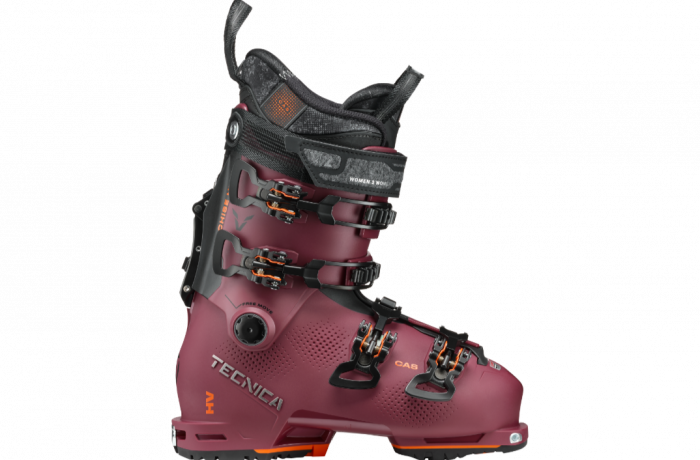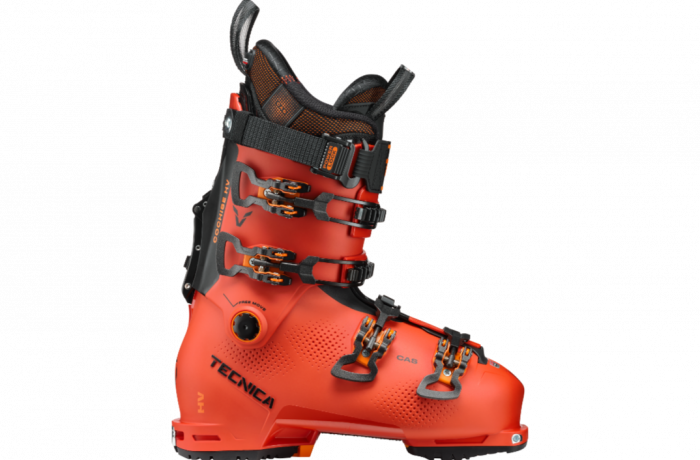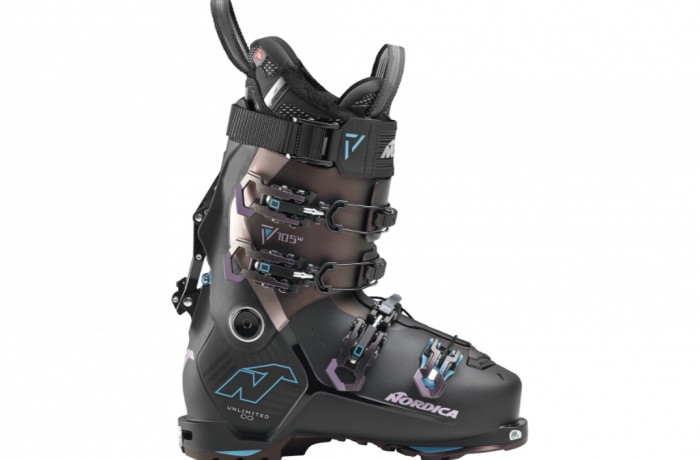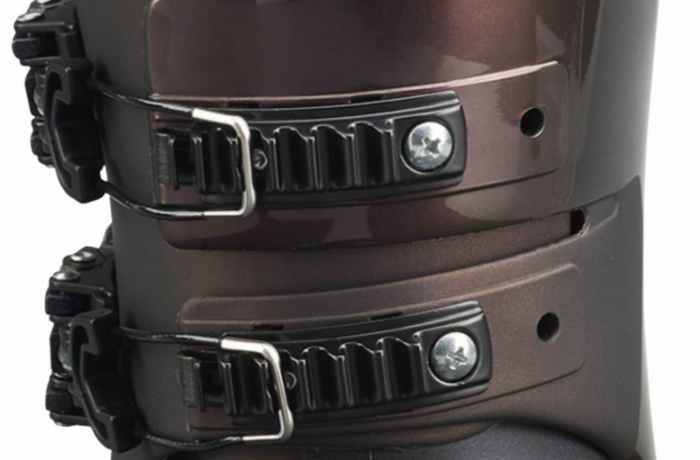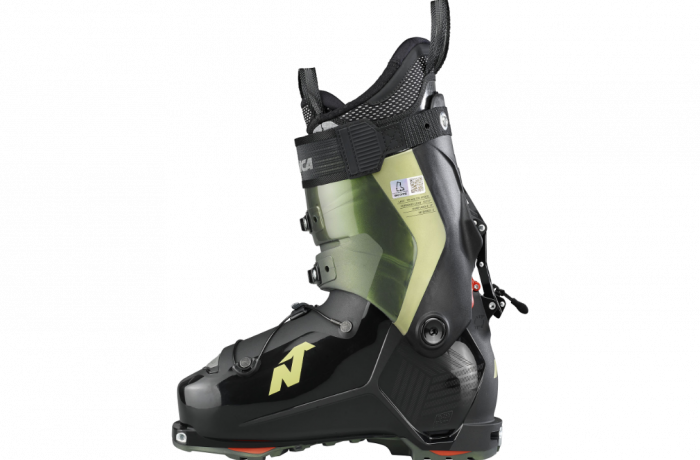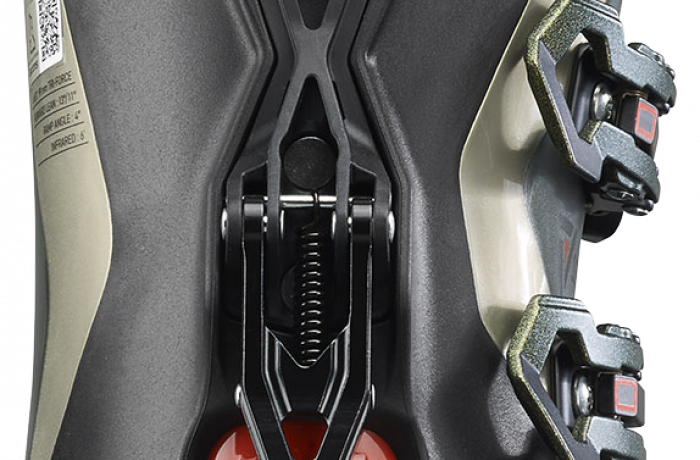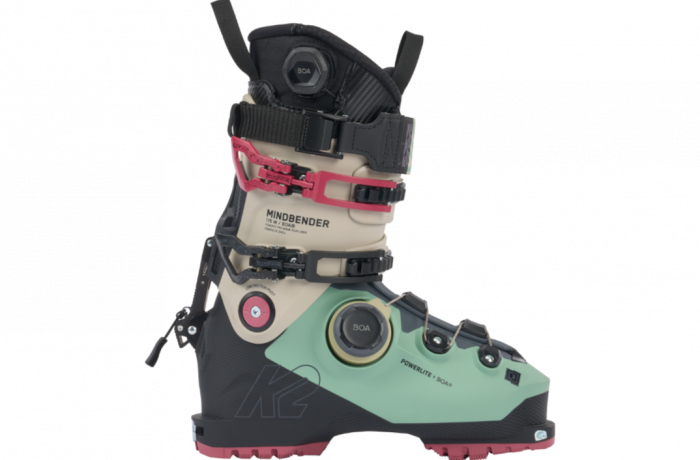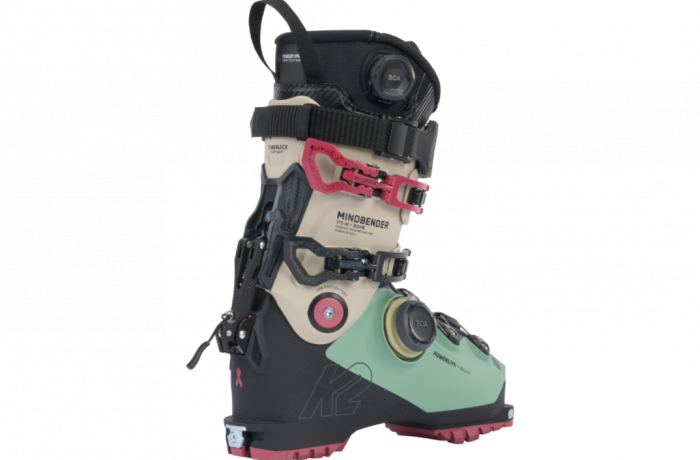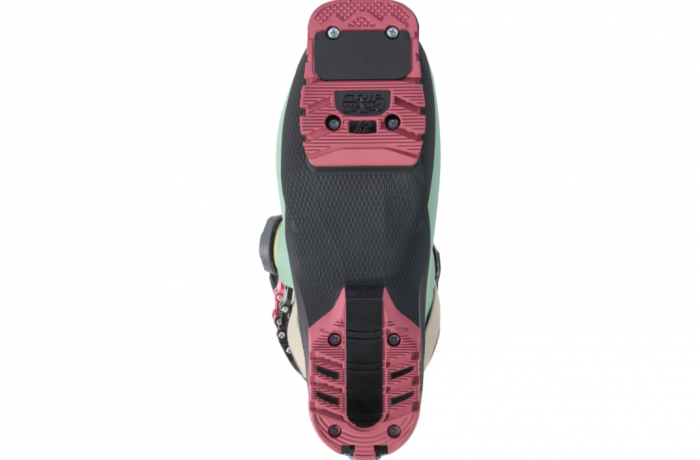The new Atomic Hawx Prime XTD 130 BOA put its performance-medium constrictor squeeze on our test team--and they liked it! Recently the trend has been for a lot of 100mm boots to fit quite generously, but the new Hawx Prime XTD 130 BOA bucks that trend in trade for a very controlled fit on the instep, ankles and heel. Testers questioned whether it was far enough off the medium width fit tension target to earn some minor fit demerits, but at the same time they praised how well it connected foot to ski for high performance descents through a variety of terrain and snow conditions.
They say the Prime XTD fit map charts a more open fit in the front of house and at the boot top. Over 11 individual tests performed on the boot, its fit score averages support testers' impressions--considering that a 3.0 designates a medium-fit bullseye and a 2.0 is the narrow boot fit target: toebox (3.18), forefoot (3.18), lateral column (2.82), instep (2.82), ankles (2.73), heel (2.55), calf (3.45). Testers liked how the BOA closed-up the shell around the foot in the more open portion of the clog and while some testers wished they had installed the rear liner spoiler (comes in the box) to take up some room and offer a slightly more forward leaning stock set-up, they felt that the overall fit and closure of the Hawx Prime XTD 130 BOA was one of the best of the test--just tight for a medium.
While the test team loved the fit (with some tightness caveats) they liked the way this all-mountain hybrid skied even more, calling it exceptionally rigid laterally and torsionally--the stiffness that matters for controlling a ski on edge--for such a lightweight boot. They applauded the polyurethane plastic build in cuff and lower for a damp and predictable downhill attack in addition to more easily achieved fit mods if needed. Testers said the boot was responsive to their edge change moves and pressure control inputs, calling the Hawx Prime XTD 130 BOA surgically precise in every situation they subjected it to. Its top scores were, in fact, in both the Edge Power criterion and the metric for Quickness and Steering.
A few testers thought that the snug instep fit combined with the BOA closure system rendered the boot a little harder to get on than the Hawx Prime XTD had been previously, but most testers took it in stride for how well the boot fit and skied once it was on the foot and out the door. Speaking of stride, testers also approved of the hiking or skinning range of motion offered by the revised Free/Lock 4.5 cuff release. The potential for a Memory Fit shell cook-and-mold was on a few testers' minds for some relief of the more-snug-than-medium squeeze--and slight relief from an even but too-snug fit is the ideal use of the Memory Fit feature, our bootfitter-tester-types say.
The remaining features set we haven't yet mentioned impressed testers as there's a lot to choose from: 4 different liner pull loops, a cam buckle power strap, GripWalk soles and grippy exterior mid-arch cladding plus a 3-position forward lean adjustment. This boot has you covered, from start to finish, testers said.


